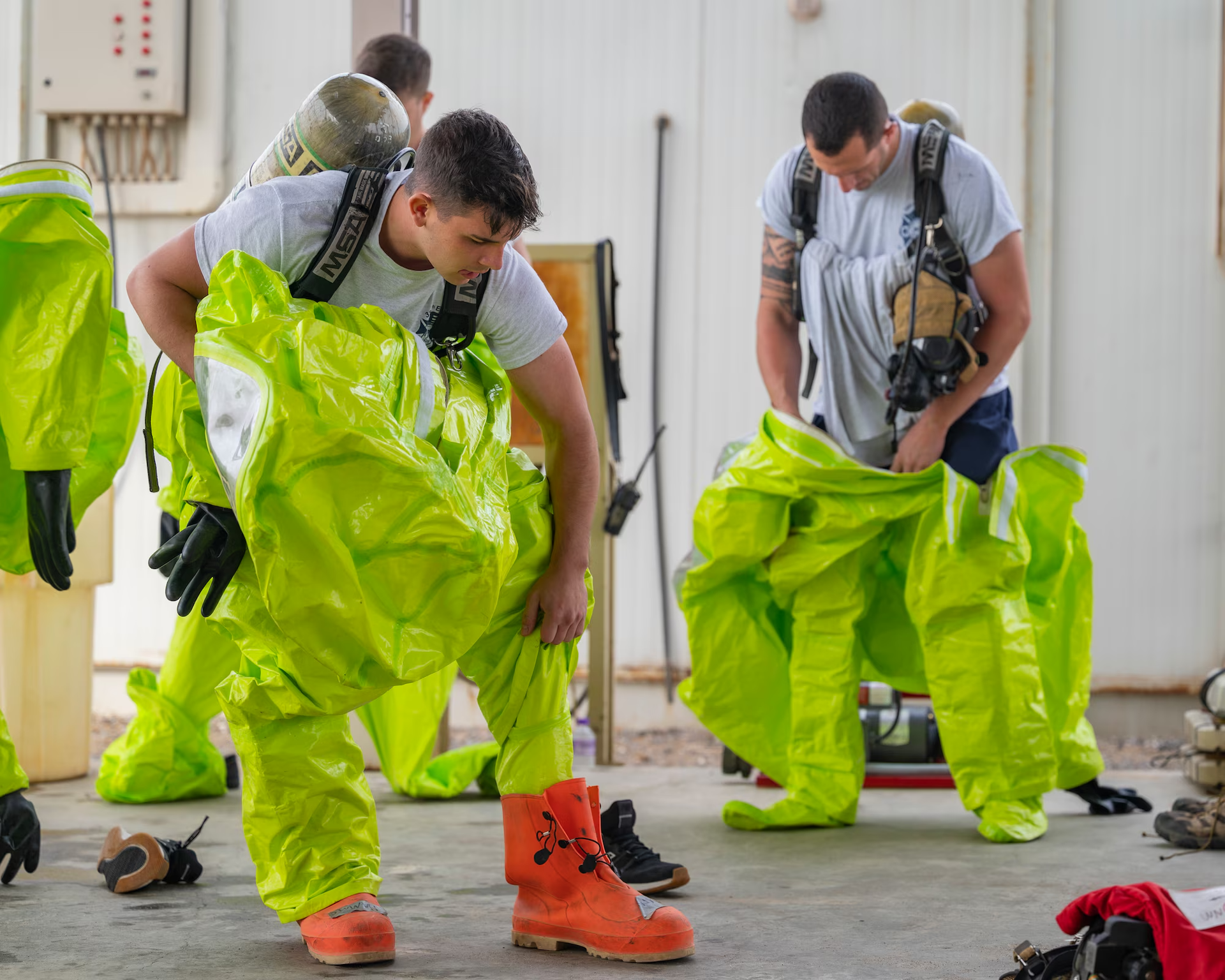Practical Tips for Encouraging Near-Miss Reporting and Turning Data into Safety Improvements
One of the biggest barriers to near-miss reporting is fear: fear of blame, fear of punishment, or fear of appearing careless. Leadership can shift this mindset by making it clear that reporting isn’t about assigning fault—it’s about keeping everyone safe. Use phrases like, “We learn from every close call,” and “Reporting is about protecting each other.”
If the reporting process is too complicated, it can discourage field workers from participating. Make sure your reporting is quick, clear, and accessible. Short forms, mobile apps, and even photos or field notes can capture essential details in real time. Reinforce that even small reports matter.
It’s equally important to close the feedback loop. When workers don’t see how their reports are used, they’re less likely to continue reporting. Show how near-miss data leads to real changes in safety practices, updated gear, or improved procedures. Recognize those who consistently provide thoughtful reports.
Integrate near-miss lessons directly into training. These real-world scenarios make safety classes more relevant and memorable. Use them in toolbox talks or highlight them during emergency drills.
Lastly, lead by example. Supervisors and managers set the tone for safety culture. When they report near misses and talk openly about them, it sets the expectation for the entire team.
Near-miss reporting isn’t just a policy—it’s a powerful tool to protect your people. At ERTI, we use these real-world insights in every Hazmat, HAZWOPER, and confined space training program. Our goal is to make sure your team doesn’t just pass a test—they’re truly ready when it matters.
Learn more about how we build a culture of safety at www.ertitraining.com or email jberger@ertitraining.com.










